How to turn your next race into a successful fundraiser
If you’re already planning on taking part in a race this year, why not use it as an opportunity to raise some funds for a worthy cause?
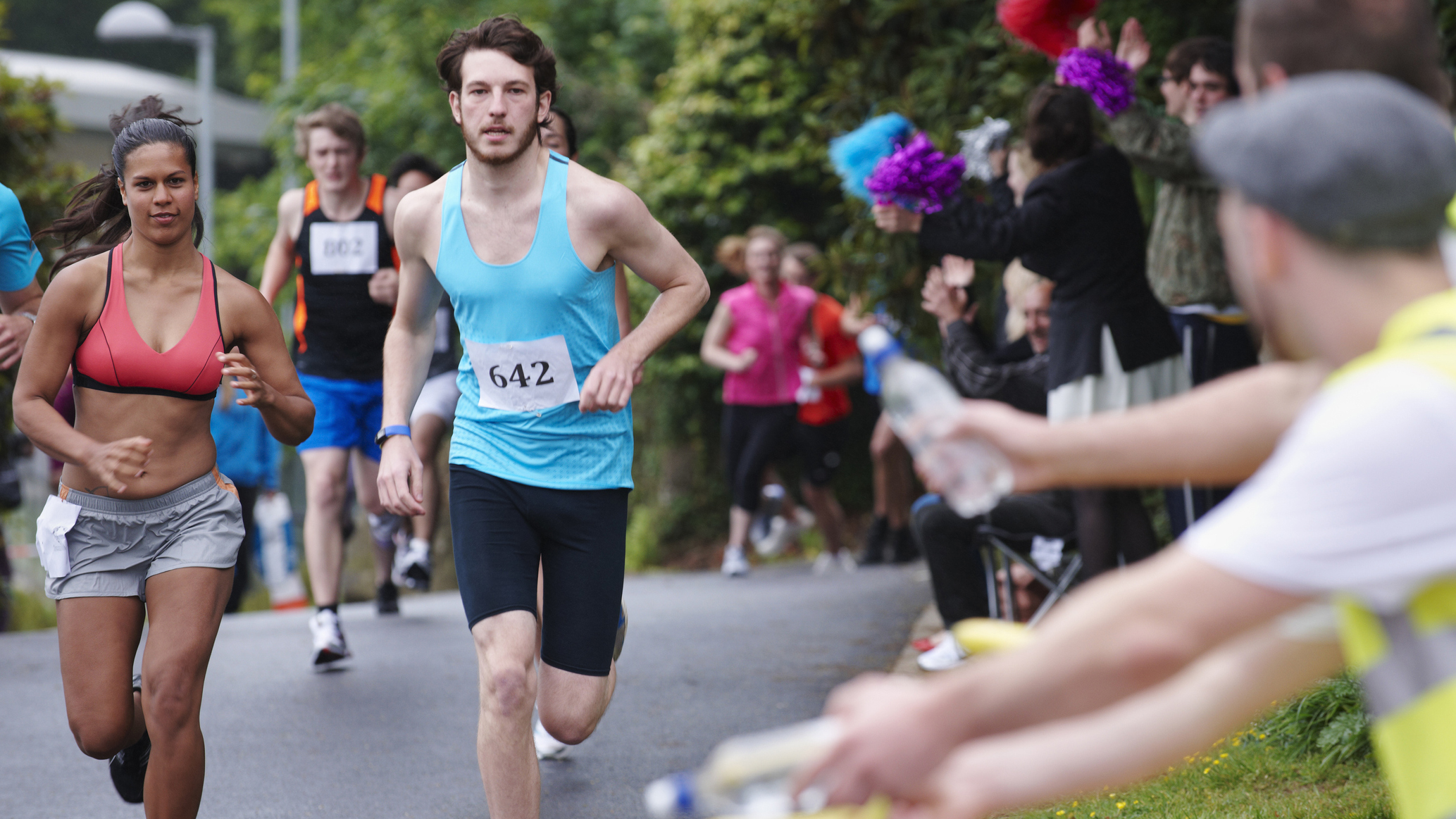
Whether you’ve signed up for your first 10k or an ultra marathon this year, there’s a ton of kudos in just putting your intention onto the goal of spending all that time in your road or trail running shoes. Make it to the starting line and you’re a success story and getting to the finish line is a bonus.
When you’re putting in all that hard effort, it can make things really special to dedicate it all to a worthy cause – just ask “Marathon Man” Gary McKee who famously raised £1.3 million (that’s about $1.6 million) for charity by running a marathon every day in 2022.
“There were days when no donations came in at all, but I didn’t let that bother me because I knew that the longer I went on, the more chance I would have of raising the magic million. It just goes to show, always believe in yourself,” says McKee of the remarkable feat, which saw him logging a total of 9,563 marathon miles on his GPS watch in one year.
Now you certainly don’t have to commit to that level of performance to make a difference, but if you’re already planning on taking part in a race, or similar event, this year, why not use it as an opportunity to raise some funds for a worthy cause? Chances are your friends and family will love the opportunity to find a way to support you. McKee recently reached out to us with the following tips for turning your race into a successful fundraiser.
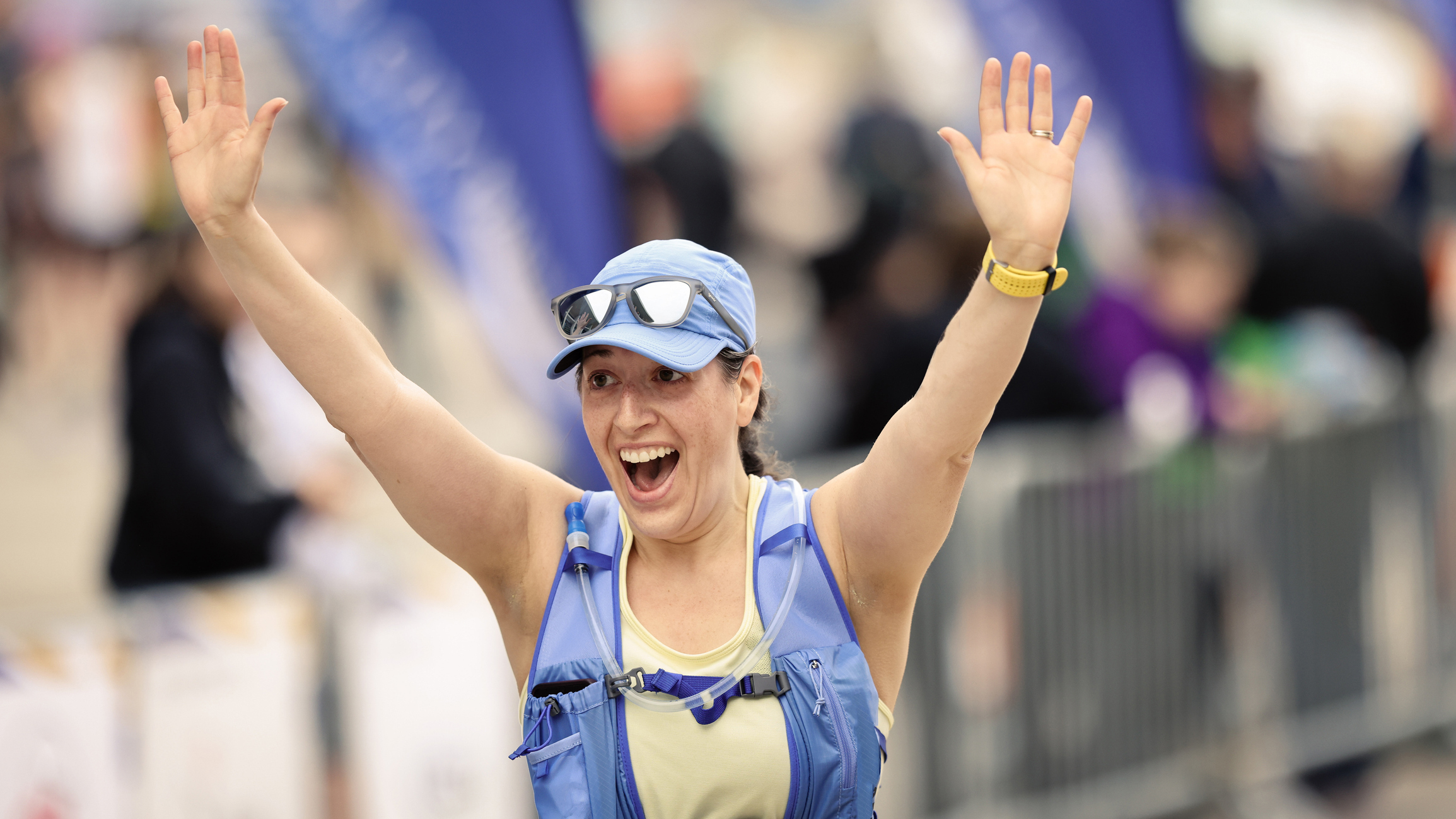
1. Choose your cause
There are thousands of charities to choose from, from men’s health and children’s charities to animal wellbeing, but if you want to be successful, it helps to start with something near and dear to your heart – that way you’ll be more motivated to spread the word.
In McKee’s case, he initially started with a personal cause – his first fundraiser over 20 years ago arose after he lost his father to cancer.
“I remember how we felt as a family,” he says, “I became a fundraiser knowing that the money I was raising would help so many people who were in the same situation as me and my family.”
Advnture Newsletter
All the latest inspiration, tips and guides to help you plan your next Advnture!
A cause that’s personally affected you or someone in your life is a great place to start, but if you’re lucky enough not to have been impacted by a certain illness or condition, JustGiving’s charity search engine is a great place to search for ideas, covering charities in the US, Canada, the UK, Ireland, Australia and New Zealand.
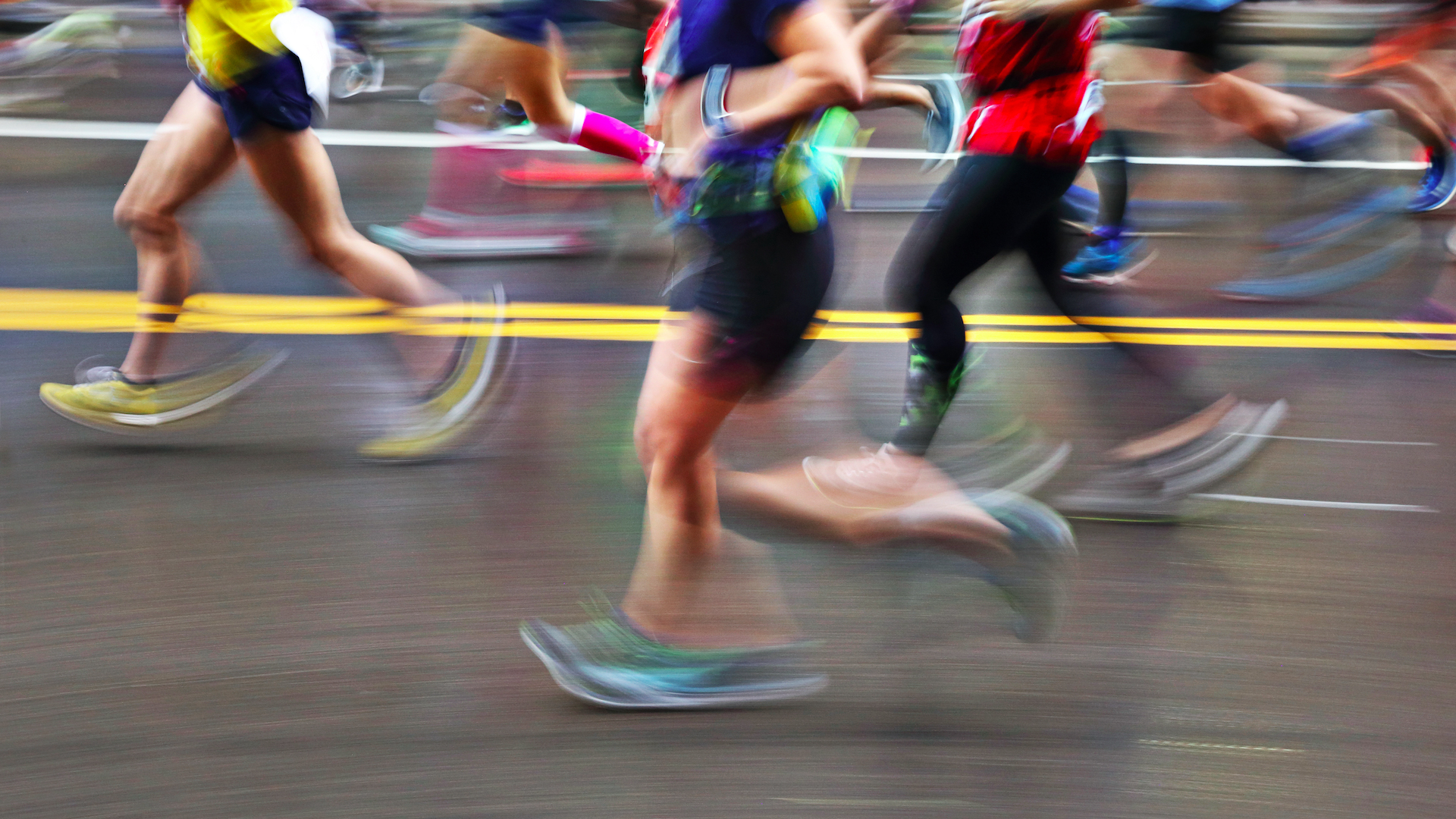
2. Plan your fundraiser
Since you already know what type of event you’re going to use to raise money, once you’ve chosen your charity you’re halfway there. You can simply spread the word about your event and encourage people to sponsor you.
That said, you can also spice things up a little – in January of this year, we reported on the fridge-carrying marathon runner who is attempting to break the world record for fastest marathon carrying a household good, all to try to raise £10,000 ($12,600) for Diabetes UK in support of his best friend, who is a Type 1 diabetic. Some people set specific goals to reach a personal best in the hopes of increasing donations.
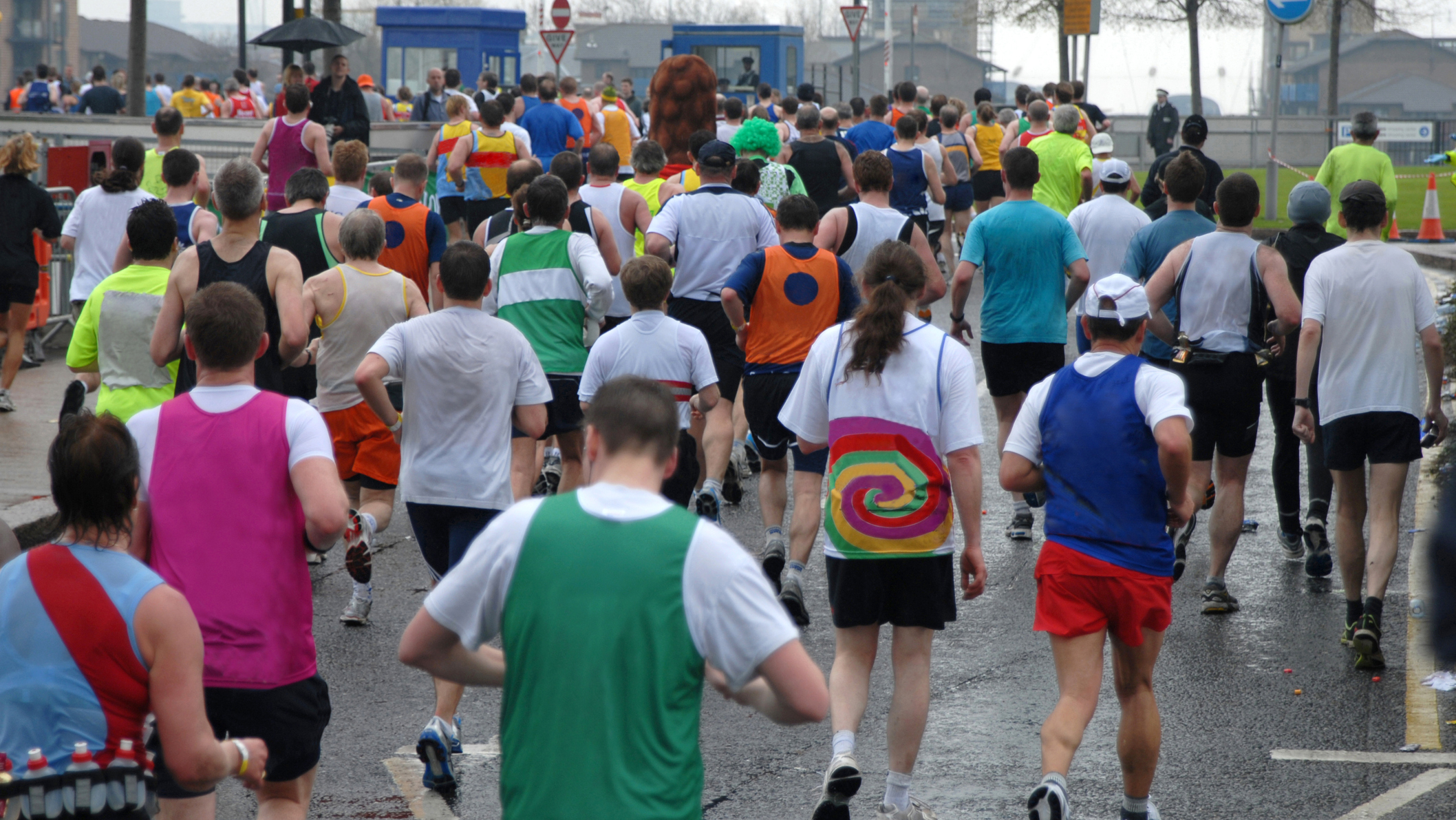
3. Create a fundraising page
Using your race or event as a fundraiser means setting up a page where you can accept donations, and managing it. It’s best to set up your page through a reputable organization like JustGiving, rather than gathering the funds somewhere like a personal Venmo or PayPal account, so everything is handled correctly.
Start by figuring out how much money you’d like to try to raise – JustGiving reports that those who set a target raise 17 percent more than those who don’t – and McKee recommends not getting too carried away with your initial goal.
“I would say keep your target realistic, have regular check in points to see if things are going in the right direction and involve as many people as possible to spread the word.”
If you have the time and energy, it helps to add photos of your training runs and workouts on your page (this raises donations by 13 percent) and consider writing an essay explaining why you are doing what you’re doing. And remember, if you get close to your event and you’re nowhere near your target, don’t be discouraged – every donation helps.
“If things aren’t going to plan don’t be afraid to change things to get to where you want to be,” says McKee.
“On the very last day of my challenge to run 365 marathons in 365 days, I was £450K short of my £1 million target, but I knew with the right final push we could get there.”
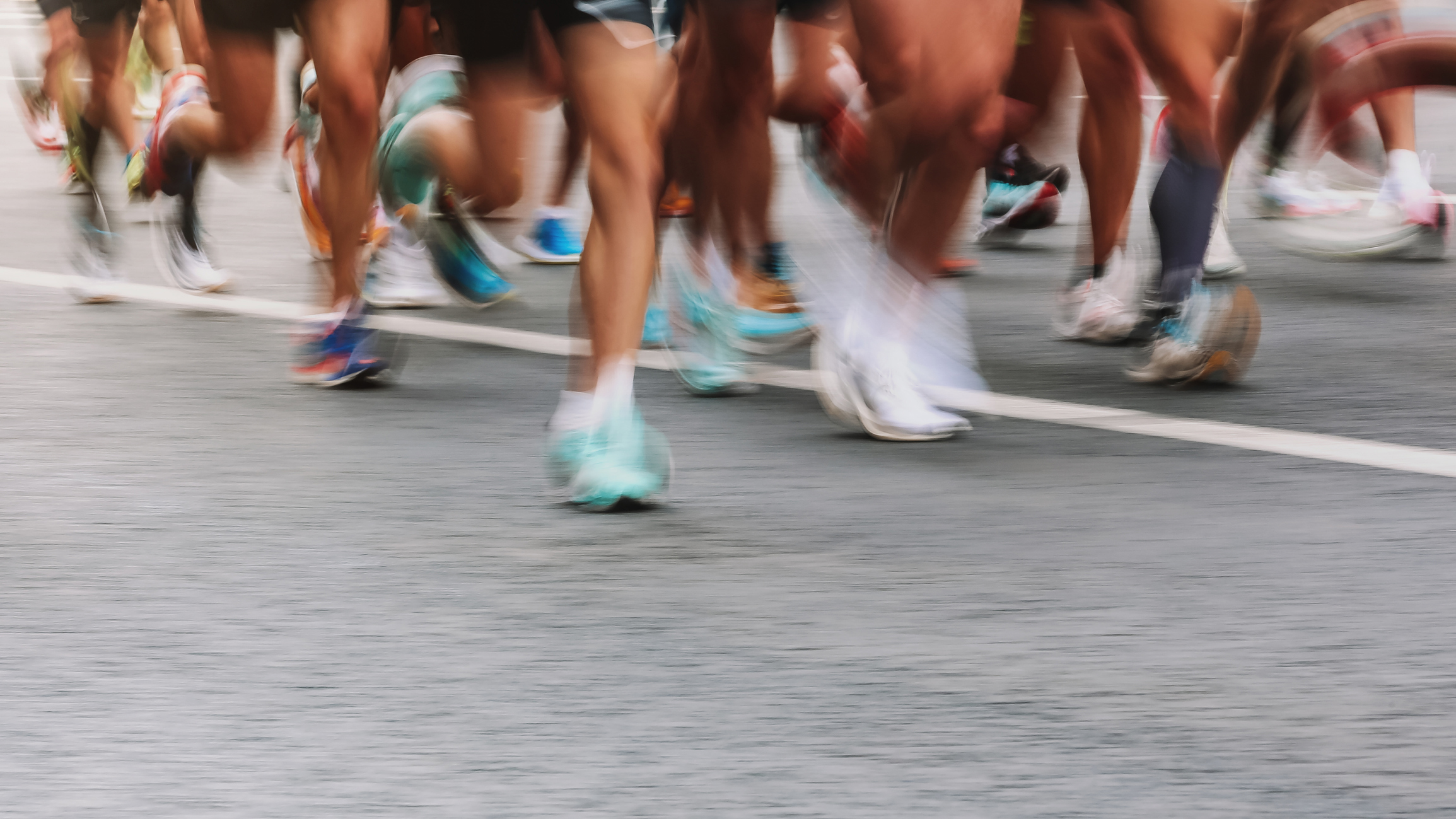
4. Spread the word
Finally, you need to get the word out about your intentions so people know what you are doing and where they can make their donations. Social media is a brilliant tool for this and though it can feel a little awkward to ask people to part with their hard-earned cash, McKee reminds you that sharing your fundraiser has other benefits, too.
“Remember, it isn’t just about the fundraising – it’s also about signposting the charities and showing people what can be achieved with self-belief.”
Realistically, not everyone who sees your posts will donate, but they might learn about a cause or charity they were unaware of, or even be inspired to do their own fundraiser down the line.
"My advice would be to set up your page and get it out there on all the social media platforms and ask people to share it.”
According to JustGiving, on average, every share on social media is worth $73 (£58) in donations to a charity. If you’re not a fan of social media, use good old-fashioned word of mouth telling your friends and family and posting your news on community boards at work and local grocery stores and community centers.
Julia Clarke is a staff writer for Advnture.com and the author of the book Restorative Yoga for Beginners. She loves to explore mountains on foot, bike, skis and belay and then recover on the the yoga mat. Julia graduated with a degree in journalism in 2004 and spent eight years working as a radio presenter in Kansas City, Vermont, Boston and New York City before discovering the joys of the Rocky Mountains. She then detoured west to Colorado and enjoyed 11 years teaching yoga in Vail before returning to her hometown of Glasgow, Scotland in 2020 to focus on family and writing.

